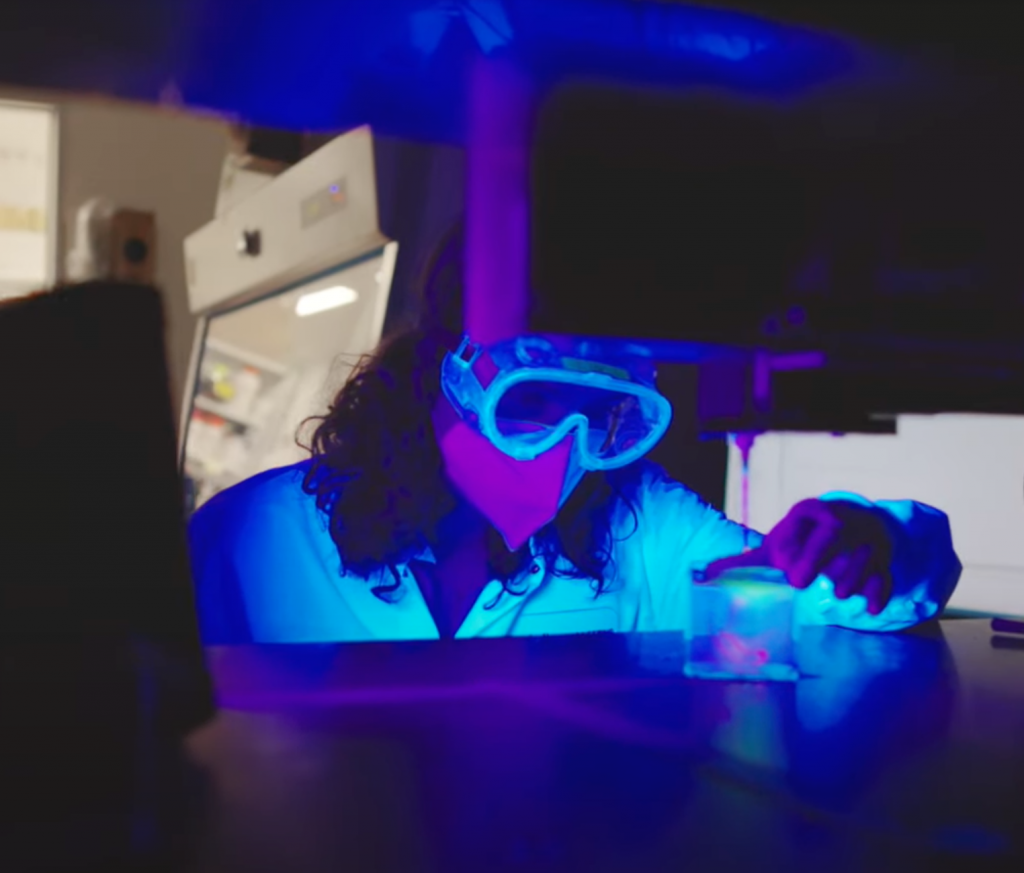
Medical 3D-printing using stem cells sounds like a dream but recent advances in printing technologies has paved the way for new possibilities in artificial organ printing and regenerative medicine.
Across the globe many individuals who need organ transplants are suffering due to the lack of available donors. The NHS states that in the last 10 years, 1/4 of patients waiting for a lung transplant have died. Utilising 3D-printing to make organs accessible can play a crucial role in removing the issue of waiting years for a donor.
What actually are 3D-bioprinted organs?
They are functional and biologically manufactured replicas of natural body parts, made out of a bio-ink which consists of biopolymers and stem cells which is cultivated in a lab.
I believe 3D printed organs hold promise in terms of transplantation, disease modelling and drug testing, but challenges arise in regards to functionality, availability and if the body will accept the manufactured organs.
How does 3D-bioprinting organs work?
In short, 3D printed organs are made from a mixture of biopolymer hydrogels and cultured stem cells forming a bio-ink. Hydrogels like alginate or gelatin, are used as ‘scaffolds’ in the printing process of the organ. The process sounds simple but researchers must take into account factors like cell/ tissue type and the bio-ink needed for the specific organ.

Mark Skylar-Scott, an assistant professor at the Stanford University department of bioengineering stated the bio-ink is loaded into “syringes and is squeezed out of the nozzle like icing on a cake”. This process is repeated with different cell types, and once complete is provided with oxygen and nutrients. Over time developing to perform its intended function.
Skylar-Scott’s team developed a method to speed up the printing process, it involves printing in clusters called organoids which he describes as a “human stem cell mayonnaise” which is then printed. The video below describes the process in full :
What role do stem cells have?
Stem cells are old news in the medicinal world, the first successful Hematopoietic stem cell transplant was in 1959! Stem cells have the ability to turn into other cell types and for that reason they are still extremely relevant to this day.
Stem cells are still used to innovate treatments. For example, induced pluripotent stem cells (iPSCs) obtained from de-differentiating skin cells, can turn into any type of cell, making the possibilities for new treatments endless, as stem cells can be acquired without the controversial use of embryos.
The video below shows Dr. Brenda Ogle’s team at the University of Minnesota using iPSCs to create a 3D printed functional human heart pump :
The future of 3D-bioprinting organs ?
In 2022/2023, 281 people died while waiting for a kidney transplant in the UK, 3D printed organs can reduce the waiting time for in-demand organs. Wake Forest scientists have been able to grow mini-kidneys and livers, demonstrating the promise that printed organs have for the future .The cost of a liver transplant in the USA is approximately $812,500, 3D-bioprinters that can make printed organs can be as cheap as $45,000, providing a cost effective alternative for patients.
The actual use of these organs is still 20 to 30 years away. Better hardware with the ability to replicate the complex nature of organs, and mitigating issues like biomaterial degradation and tissue integration is crucial if we want to use these organs in the future. I believe that the use of 3D-printed organs can revolutionise medicine and give hope to those in need of transplants.
This is a very well written and excelleng blog, which is rich in in-depth information about 3-d bioprinting, its application and on-going development. You have made a great use of videos and hyperlinks, to showcase capabilities of 3d bioprinters and bioinks.
You could improve your blog by puting more emphasis on description of your reflection, by explaining your own thoughts on the topic and how it have changed throughout this research.